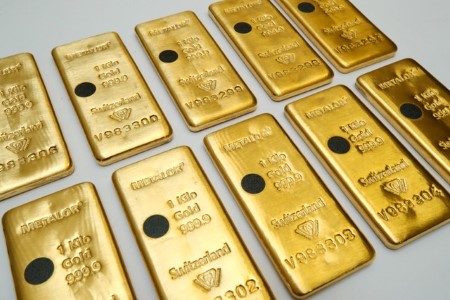

INSIGHTS 

INVESTMENT STRATEGY
THE BASICS
DOWNLOADS 

 DOWNLOAD
DOWNLOAD

 DOWNLOAD
DOWNLOAD

 DOWNLOAD
View all Reports
DOWNLOAD
View all Reports


Philippines Trade Update: Trade trajectories trend along
 DOWNLOAD
DOWNLOAD

Economic Updates
Policy Rate Updates: Double cut finale
 DOWNLOAD
DOWNLOAD

Economic Updates
Monthly Economic Update: One for the road
 DOWNLOAD
DOWNLOAD
Follow us on our platforms.


Markets
2 MIN READ
Gold edges lower as US dollar rally curbs upside

This article originally appeared on reuters.com





 By Reuters
By Reuters